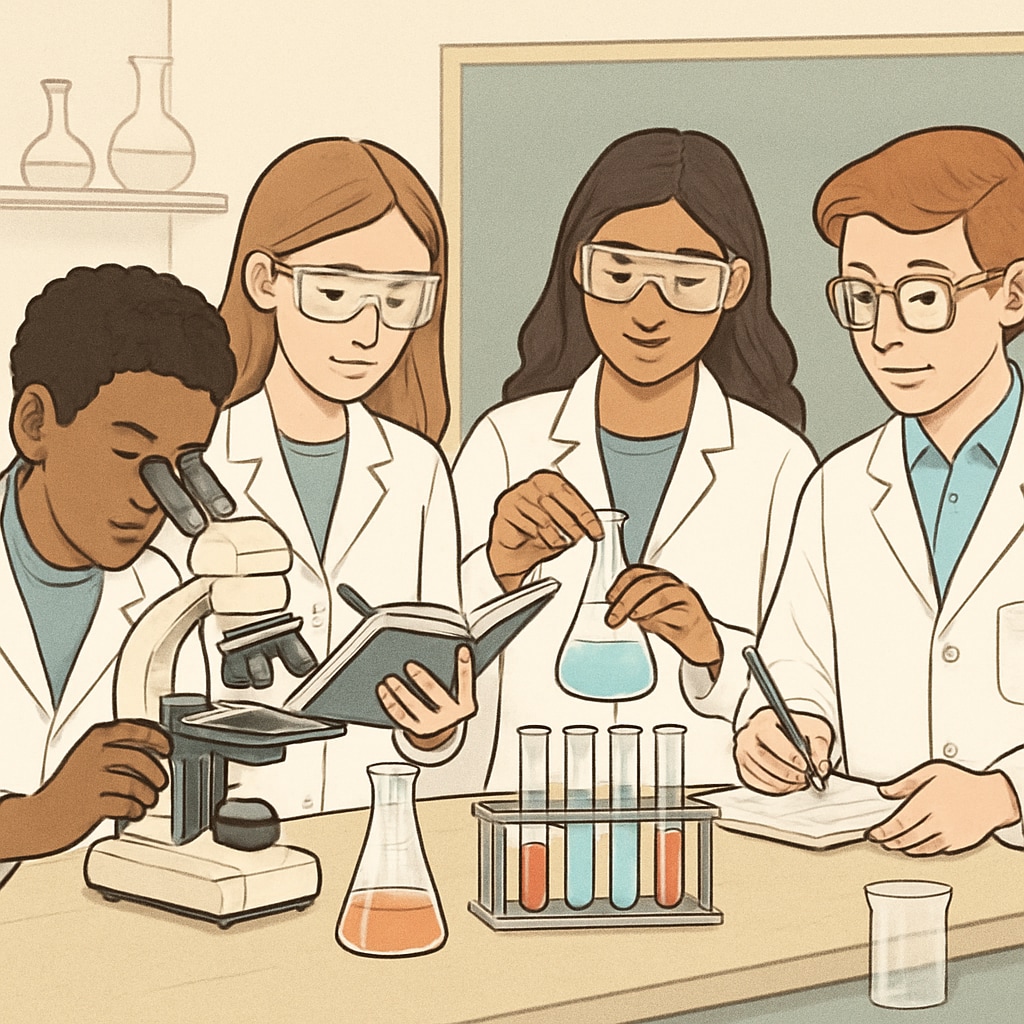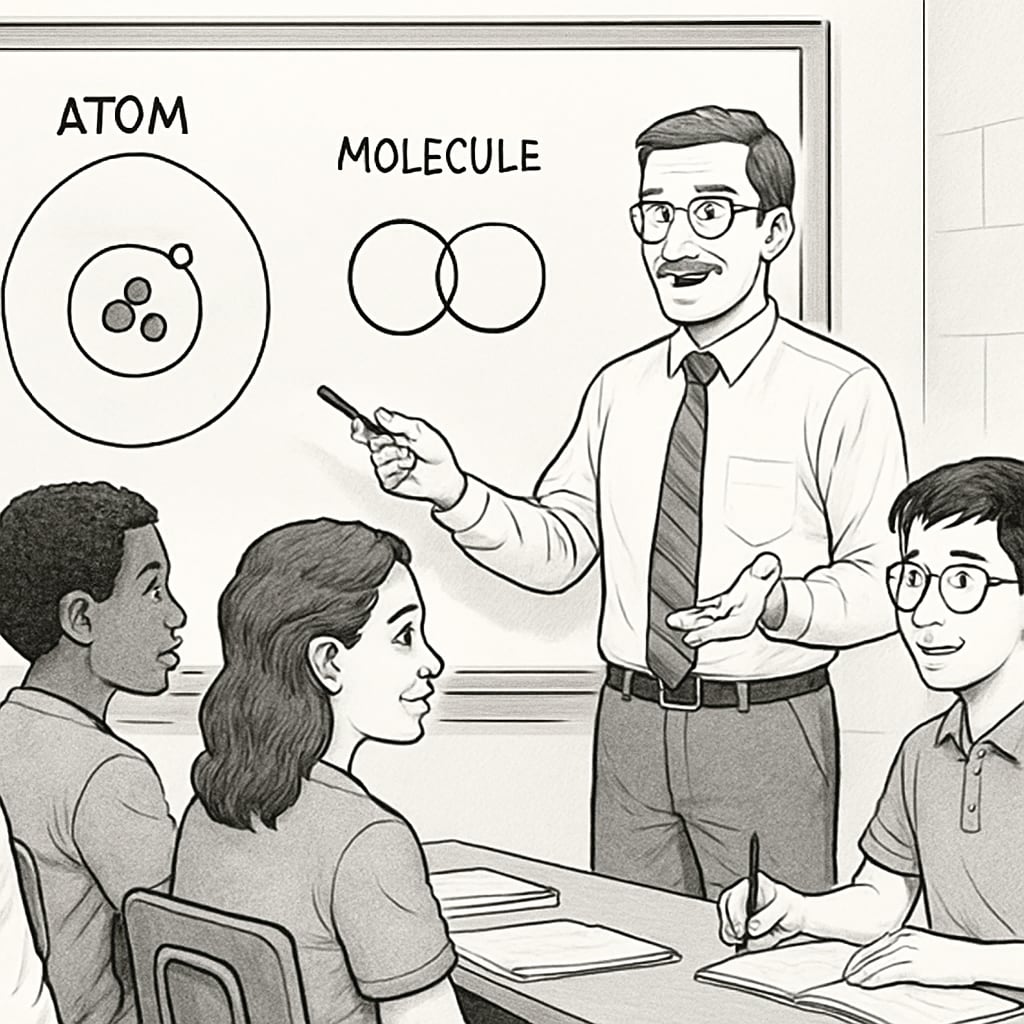In today’s diverse educational landscape, many high school science classrooms are filled with English Language Learners (ELLs) who bring unique perspectives and challenges to the learning process. To ensure that these students receive high-quality science education, teachers must implement strategies that address language barriers while fostering inclusivity. Effective approaches to teaching science to ELLs include differentiated instruction, the use of visual aids, and language scaffolding techniques.
Understanding the Needs of English Language Learners in Science Classrooms
ELLs often face challenges in science classrooms due to the complex vocabulary, abstract concepts, and technical language inherent to the subject. For example, terms like “photosynthesis” or “thermal energy” require both linguistic and conceptual understanding. Teachers must recognize that science education for ELLs involves not only developing scientific knowledge but also enhancing language proficiency.
To address this, educators must create environments where ELLs feel supported and empowered to participate actively. This requires an understanding of the students’ language proficiency levels and cultural backgrounds, which can affect their learning styles and classroom engagement.

Practical Strategies for Teaching Science to ELLs
Teachers can adopt several practical strategies to make science more accessible to ELLs while maintaining academic rigor. Below are some effective approaches:
- Utilize Visual Aids: Charts, diagrams, and videos can help ELLs grasp complex scientific concepts. For instance, a labeled diagram of the water cycle can visually represent processes like evaporation and condensation, making them easier to understand.
- Incorporate Hands-On Activities: Experiments and interactive models provide experiential learning opportunities that reduce reliance on language while promoting engagement.
- Implement Language Scaffolding: Break down scientific vocabulary into simpler terms or provide sentence frames to guide ELLs in forming responses. For example, providing phrases like “The process of ___ involves ___” can help students articulate their thoughts.
- Differentiate Instruction: Tailor lessons to meet varying language proficiency levels. Advanced ELLs may engage with inquiry-based projects, while beginner-level students might benefit from simplified worksheets or guided discussions.
By combining these strategies, educators can create a classroom environment that supports both scientific learning and language development.
Fostering a Collaborative and Inclusive Environment
Inclusivity in science classrooms goes beyond teaching strategies—it involves creating a culture of collaboration and respect. Group activities, peer tutoring, and cooperative learning can encourage ELLs to interact with native English-speaking peers, improving both their social and academic skills. For example, assigning roles within group experiments ensures that every student contributes to the learning process.
Additionally, celebrating cultural diversity can enhance inclusivity. Teachers might incorporate examples or case studies from various cultures to make science relatable to all students. For instance, discussing traditional ecological knowledge from Indigenous communities can enrich lessons on sustainability and biodiversity.

Assessment and Feedback for ELLs in Science Education
Assessing ELLs requires sensitivity to their language proficiency. Standardized tests may not fully reflect their understanding of scientific concepts due to language barriers. Teachers should consider alternative assessments, such as oral presentations, visual projects, or portfolio reviews, to evaluate their progress effectively.
Providing constructive feedback is equally important. Teachers should focus on both content mastery and language development, offering specific suggestions for improvement. Positive reinforcement can motivate ELLs to overcome challenges and strive for academic success.
Readability guidance: Use short paragraphs and bullet points to summarize key ideas. Avoid long sentences and maintain a conversational yet professional tone. Transition words like “however,” “in addition,” and “as a result” should be used to enhance flow and clarity.


